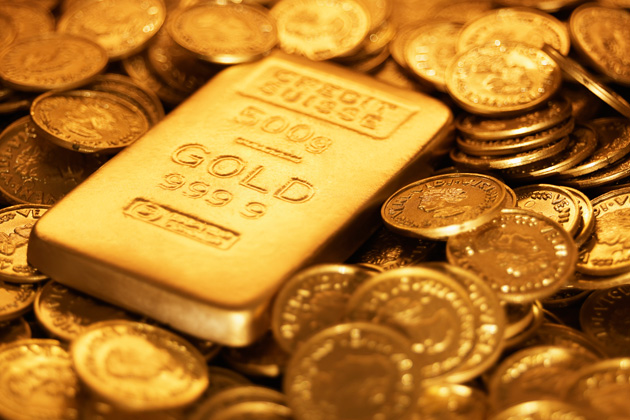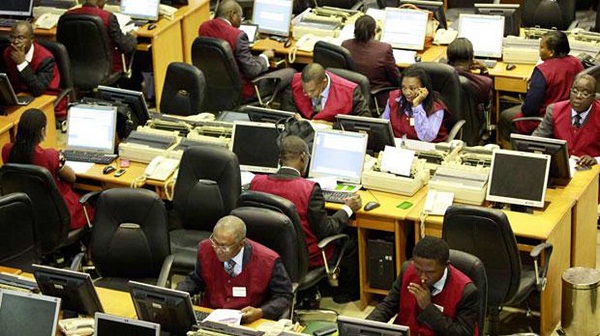Gold fell below the key level of $1,200 an ounce on Friday, March 10 and was on track for its worst week in four months, pressured by a stronger dollar.
Gold slumped to a 10-month low in mid-December after rates were increased for the first time in a year, but gold investors don’t appear to be as jittery ahead of the next Fed meeting and a near-certain rate rise on March 14-15.
The previous slide came also as equity investors cheered the election of U.S. President Donald Trump, but gold has since recovered about 7 percent on a lack of clarity on Trump’s policies and worries about upcoming elections in Europe.
Higher interest rates make it less attractive to hold non-interest bearing gold, while a firmer U.S. dollar also makes gold more expensive for buyers in other CURRENCIES.
Gold has fallen about 5 percent from a three-month peak on Feb. 24 to $1,198 an ounce, but traders say the risks of a sharp technical fall have eased and expect physical demand to emerge in a band from $1,150 to $1,200 an ounce.
Speculative long positions held by hedge funds and money managers in COMEX gold have nearly tripled this year, suggesting a fresh round of allocations into gold in 2017.
However, the 121,720 lots at Feb. 28 were still less than half of the 286,921 contracts held in July 2016, when speculative fever was at its peak as gold prices hit over 2-year highs at $1,374.91 an ounce.
This lower amassed speculator position reduces the threat of a sharp drop in prices should a flood of speculative positions be unwound, said Commerzbank analyst Carsten Fritsch.
Increasing inflation across a number of major economies will also likely dampen appetite for fixed income investments and support gold, said UBS’s Schnider.
Physical gold holdings in exchange-traded funds have fallen since last week, partly because of a stronger dollar, but at 54.45 million ounces are still nearly 3 percent higher than at the start of February. Holdings are also roughly 6 million ounces or 13 percent above where they were in early March 2016.
Meanwhile, gold is expected to be boosted by political risks stemming from Britain’s exit from the EU and upcoming contentious elections elsewhere in Europe.
















